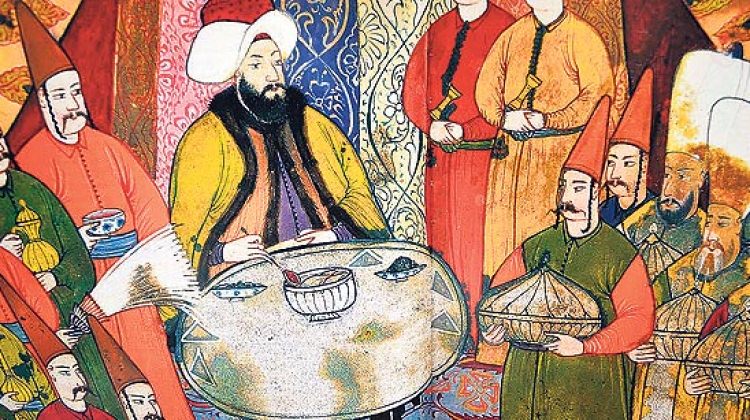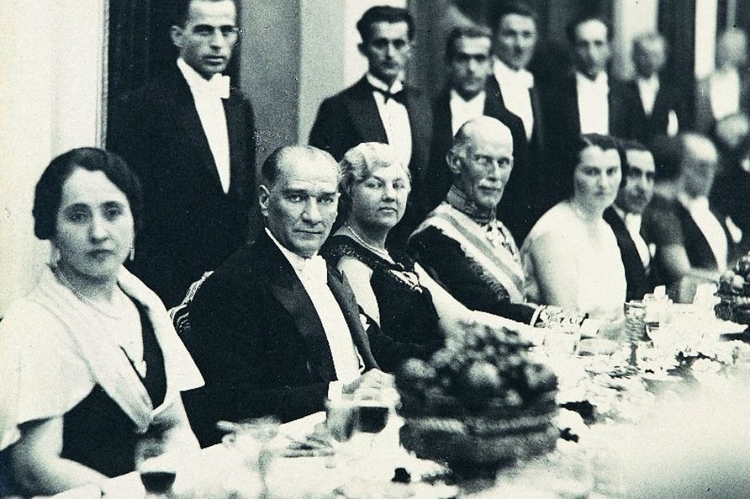A Crash Course to Turkish Cuisine
Turkish cuisine is one of the oldest cuisines in the world. It carries rich and diverse gastronomic values that have been affected by the country’s ancient history as well as its geographical location. The history of the Turks covers a timeline of more than 4000 years. The Turks first lived in the Altai Region in Central Asia around 2000 BC as Nomadic tribes and then some of the tribes left Central Asia and moved westward and established many states and empires independent from each other. After continuous migrations, the Turks started to settle in Anatolia (present-day Turkey) in the early 11th century. They have encountered rich soil in Anatolia and improved their agriculture and animal husbandry skills.

Turkey’s geographical position between the East and the West helped the Turks to gain complete control of major trade routes, and ideal climate conditions in Anatolia allowed plants and animals to thrive. These advantages helped the Turks to protect and develop their cuisine for centuries.
One of the most important stages of development for Turkish cuisine was during the 600 years of the Ottoman Empire’s reign. There were hundreds of cooks specializing in different types of dishes in the Palace. Both in the palace and in the mansions, the cooks were performing their best to create the most delicious tastes in a contest-like atmosphere to please the Sultans; this is one of the important factors playing a key role in Turkish cuisine development. Also, the transfer of the best quality foodstuffs from all over the empire borders to Istanbul, and the prevention of selling poor quality goods; helped to keep the cuisine’s quality and continuous improvements at the top level.

After the fall of the Ottoman Empire in 1918, the Republic was proclaimed on October 29, 1923, and Mustafa Kemal Ataturk (“The Father of Turks”) was then elected as the first President of the Republic of Turkey. Mustafa Kemal Ataturk introduced a wide range of reforms in the social, political, economic, and cultural fields in his 15 years of Presidency.
During Ataturk’s presidency period, Turkish cuisine started to be examined in two parts, Classical Turkish Cuisine and Turkish Folk Cuisine. Classical Turkish Cuisine is a very rich culinary culture that has been created and improved by the Ottoman Empire. On the other hand, Turkish Folk Cuisine is the composition of a mixed culinary culture that has been created by the various ethnic cultures that have been living in Turkey for centuries.

Generally speaking, Turkish cuisine is the combination of both Classical Turkish Cuisine and Turkish Folk Cuisine and it has been divided into seven main categories which are grilled meats, vegetables, fish and seafood, mezes, pastry (bread to börek), desserts, and beverages. Today, Turkish cuisine covers more than 20,000 delicious foods on its spectrum and is accepted as one of the most delicious cuisines in the world.